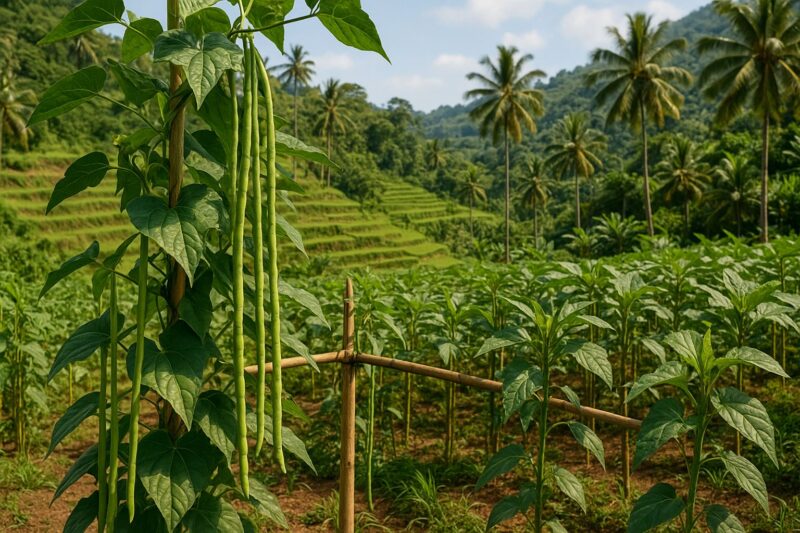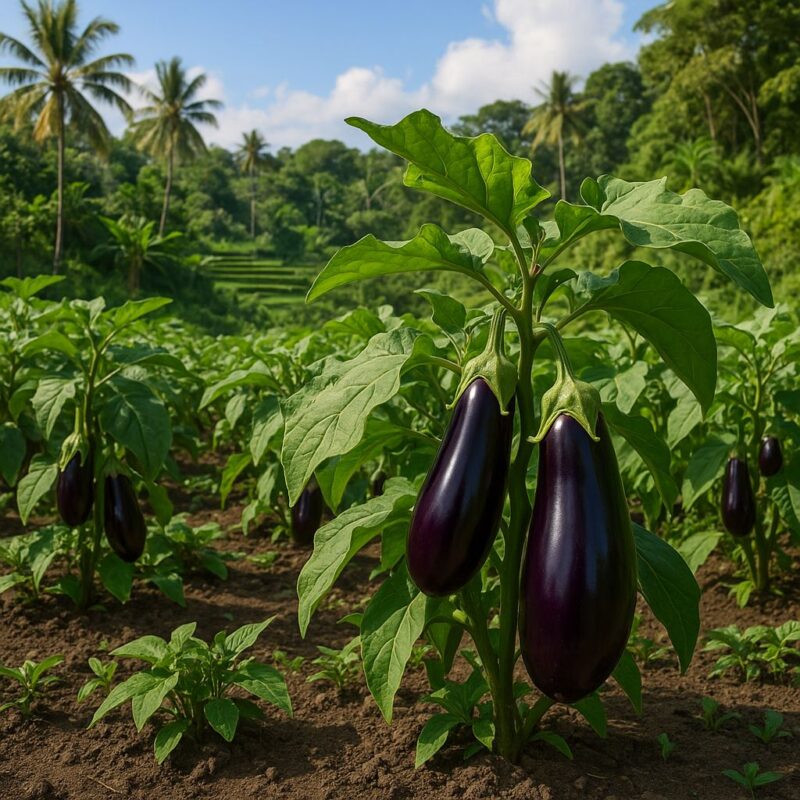Bitter gourd—ampalaya—isn’t everyone’s favorite at first bite, but its health benefits and unique flavor have earned it a permanent spot in Filipino gardens from Luzon’s rice terraces to Mindanao’s coastal farms. Crisp, ridged pods laden with tiny seeds mature in just eight weeks, making ampalaya an excellent choice for gardeners seeking quick returns. Still, this vine can surprise newcomers: it needs the right support, balanced fertilization, and careful pest checks. After several seasons—mostly in Bulacan but with tips from friends in Cavite and Isabela—I’ve found a rhythm that keeps vines vigorous and pods plentiful.
To start, choose your variety wisely. The classic long, narrow type thrives in lowland heat, producing pods up to thirty centimeters long. In cooler upland climates—like Benguet or Nueva Vizcaya—hybrid shorter varieties mature faster and resist bolt under chillier nights. I tend both in Bulacan: a row of long heirloom vines by the fence and compact hybrids in containers on my porch. Each has its place depending on space and climate.
Soil preparation sets your season up for success. Ampalaya prefers well-draining, loamy soil rich in organic matter. In Bulacan’s heavier clay patches, I work in aged compost, rice hull charcoal, and a scoop of ground limestone to neutralize acidity, aiming for a pH around six point five. In sandy soils near coastal Zamboanga, adding coconut coir or goat manure boosts moisture retention and nutrient levels. Whatever your region, mix compost into the top twenty centimeters of soil to give young roots a welcoming start.
Planting time aligns with the onset of the rainy season—June in most lowland provinces—so vines establish before the sun grows relentless. Sow seeds in small mounds fifty centimeters apart, or start seedlings indoors two weeks earlier for a head start. Cover seeds lightly with soil and water gently. Germination takes five to seven days when temperatures hover between twenty-five and thirty degrees Celsius; cooler or hotter, and you might see patchy sprouting.
Support is critical. Ampalaya vines scramble skyward, and without a trellis, they sprawl and shade their own leaves. I build simple A-frame trellises from bamboo poles—or, when I’m feeling thrifty, repurpose old metal grills—spacing supports every meter. As shoots reach about thirty centimeters, I gently weave tendrils into the structure, training the vines upward. This vertical growth improves airflow, reduces fungal issues in humid months, and makes harvesting pods a breeze—literally.
Feeding schedules blend steady nutrition with careful restraint. At planting, a base dressing of compost primes the soil. When the first true leaves appear, about three weeks in, I side-dress with decomposed chicken manure or a balanced organic fertilizer, placing it just beyond the vine’s drip line. As flowers set and pods form, a light sprinkle of wood ash around each mound adds potassium for better fruit development. Overapplication, I’ve learned, can lead to leaf burn and fewer pods—too much of a good thing, it seems.
Watering requires balance: consistent moisture without soggy roots. Morning irrigation keeps leaves dry by dusk, reducing the risk of powdery mildew or downy spots. In container plantings—from rooftop gardens in Manila to balconies in Davao—I water daily during dry spells, while in open fields a bi-weekly soak suffices once vines climb trellises and shade the ground.
Pests and diseases are few but worth watching. Fruit flies—pesky little culprits—lay eggs inside young pods, causing gumming damage. Floating row covers during flowering can help, though I prefer early-morning harvests to avoid peak fly activity. I also scout for aphids and spider mites, sweeping leaves with a gentle water spray. Infected leaves get pruned and discarded away from the garden to prevent spread.
Harvest begins about eight weeks after sowing. Pick pods when they glisten and sound hollow when gently tapped—typically ten to fifteen centimeters long for hybrids, twenty to thirty for heirlooms. Daily picking encourages the vine to set new flowers and keeps the harvest coming for two to three months. I’ve seen commercial growers in Batangas clock up to twelve harvests per vine, though my personal record in Bulacan hovers around eight before the vine slows.
One season, after an unusually heavy July downpour, my vines nearly tipped over. I thought I’d lost half the crop, but by propping up sagging trellises and pruning broken shoots, the plants rallied, flowering again in late August. That resilience—when given support and proper care—captures ampalaya’s appeal: tough yet rewarding, with the right guidance.
Whether you grow ampalaya in raised beds, containers, or open fields, mastering soil prep, support structures, balanced feeding, and vigilant pest checks will yield crisp, nutritious pods season after season. It may not be the sweetest crop, but for those who appreciate its bitter charm and health benefits, nothing else quite matches its quick growth and generous harvest.
I’m open for consulting and speaking opportunities on sustainable vegetable production throughout the Philippines. Let’s grow healthier gardens together.
#Ampalaya #BitterGourd #PhilippineFarming #SustainableAgriculture #UrbanGardening #ConsultingAvailable #SpeakingOpportunities




